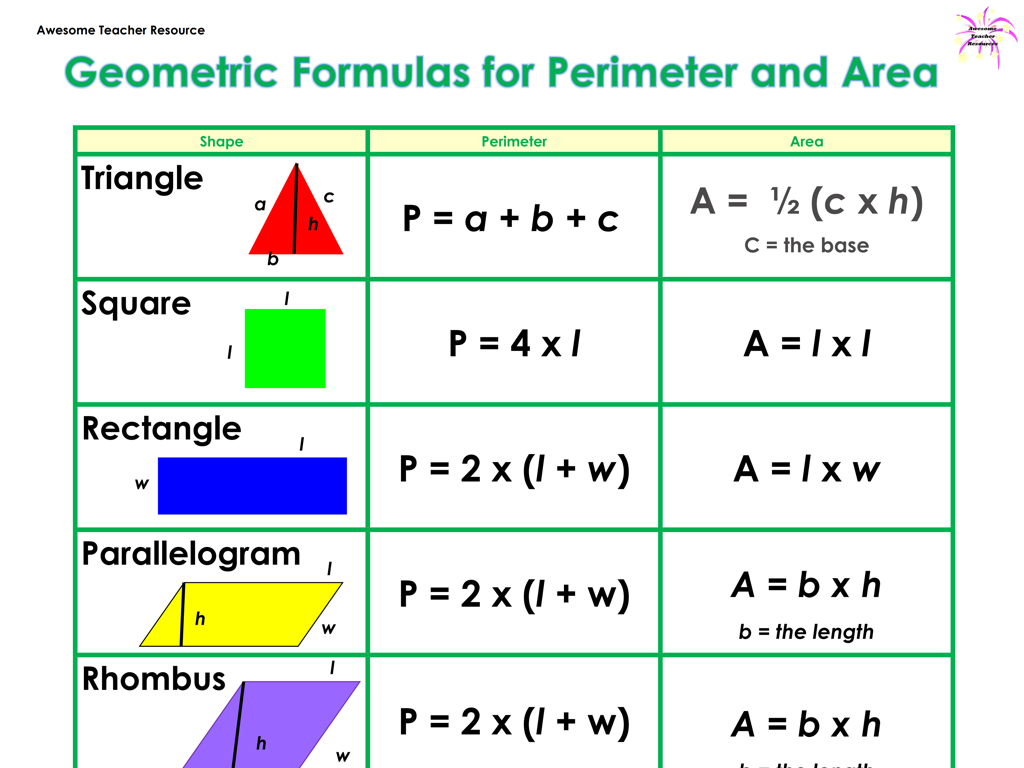Our Solar System & Earth
Subject: Arts and humanities
Grade: High school
Topic: Big History Project
Please LOG IN to download the presentation. Access is available to registered users only.
View More Content
Big History: Our Solar System & Earth
– Big History Project explained
– An interdisciplinary study that explores the universe’s history from the Big Bang to the present.
– Our cosmic address
– Earth’s location in the vast universe, within the Milky Way, in our Solar System.
– Solar System & Earth overview
– A glimpse into the planets, moons, and other celestial bodies that are our cosmic neighbors.
– Significance in Big History
– Understanding Earth’s formation and its role in the larger context of the universe.
|
This slide introduces the Big History Project, an educational approach that spans across multiple disciplines to provide a comprehensive understanding of history on a cosmic scale. It’s important to convey the sense of scale and our place within it, which can be awe-inspiring for students. The overview of the Solar System and Earth will set the stage for the lesson, emphasizing the interconnectedness of cosmic events and Earth’s history. Encourage students to think about how Earth’s history fits into the larger narrative of the universe. This perspective can help foster a sense of global citizenship and stewardship for our planet.
Big History: A Multidisciplinary Journey
– Defining Big History
– Big History examines the past on a large scale across time and space.
– Multidisciplinary approach
– It integrates insights from various fields like astronomy, geology, and history.
– Understanding our past
– It helps us see the connections between the formation of the universe and human existence.
– Predicting our future
– By studying patterns, Big History can inform our expectations of the future.
|
Big History is an emerging field that looks at history from the Big Bang to the present, seeking to understand the integrated history of the Cosmos, Earth, life, and humanity. It uses a multidisciplinary approach, combining insights from science and humanities to build a complete picture of the universe and our place in it. This approach helps students appreciate the complexity of our past, how it shapes our present, and what it can potentially tell us about our future. Encourage students to think about how different disciplines contribute to their understanding of history and the importance of considering multiple perspectives when studying complex systems.
The Formation of the Solar System
– Explore the Nebular Hypothesis
– A theory explaining the formation of our Solar System from a nebula cloud made from a collection of dust and gas.
– Stages of Solar System formation
– From a spinning nebula to the birth of planets and the creation of the asteroid belt.
– Gravity’s role in the Solar System
– Gravity pulled the nebula together, causing it to spin and flatten into a disk.
– Understanding planetary orbits
– Gravity maintains the planets in their elliptical orbits around the Sun.
|
This slide introduces the Nebular Hypothesis, which posits that the Solar System formed from a large cloud of gas and dust. It outlines the stages of formation, starting with the collapse of a nebula and progressing through the condensation of matter to form the Sun, planets, and other bodies. Emphasize the critical role of gravity in this process, not only in the initial coalescence of matter but also in maintaining the structure of the Solar System and the orbits of the planets. This foundational knowledge is essential for students to understand the dynamic and orderly nature of our cosmic neighborhood. Encourage students to consider how gravity’s influence extends beyond just our Solar System, affecting the entire universe.
Exploring Our Solar System
– The Sun: Our Solar Anchor
– The Sun is a massive star at the center, providing light and heat.
– Planetary Classifications
– Inner rocky planets and outer gas giants.
– Diversity of Celestial Bodies
– Asteroids, comets, and dwarf planets contribute to our system’s complexity.
– The Role of Smaller Bodies
|
This slide introduces the basic components of our solar system, tailored for a high school arts and humanities class. Begin with the Sun, explaining its role as the central star providing the necessary energy for life on Earth. Discuss the two main types of planets: terrestrial (rocky) planets like Earth, and gas giants like Jupiter. Highlight the diversity of other celestial bodies, such as asteroids, comets, and dwarf planets, and their importance in the solar system’s structure and history. Encourage students to think about how ancient civilizations interpreted these celestial bodies and how they’ve influenced human culture and art throughout history.
Earth: The Third Rock from the Sun
– Earth’s unique features
– Only known planet with liquid water on its surface.
– Earth’s solar system position
– Earth is the third planet from the Sun, in the habitable zone.
– Conditions for life on Earth
– Right distance from Sun, liquid water, and suitable atmosphere.
– Earth’s life-supporting atmosphere
|
This slide aims to highlight Earth’s distinct characteristics that make it uniquely habitable within our Solar System. Emphasize Earth’s position as the third planet from the Sun, which places it within the habitable zone where temperatures allow for liquid water to exist. Discuss the importance of Earth’s atmosphere, which protects life from harmful solar radiation and contains the right mix of gases to support life. Encourage students to think about how these conditions contrast with other planets in our Solar System, fostering an appreciation for the delicate balance that allows life to thrive on Earth.
Earth’s Dynamic Relationship with the Sun
– Earth’s orbit and rotation dynamics
– Earth orbits the Sun in an elliptical path while rotating on its axis.
– Seasons and climate variation
– The tilt of Earth’s axis causes seasonal changes and climate variation.
– Sun’s role in natural phenomena
– Solar energy drives weather patterns and ocean currents.
– Understanding Earth-Sun interactions
|
This slide aims to explain the fundamental aspects of Earth’s relationship with the Sun, which is crucial for life on our planet. The orbit and rotation of Earth around the Sun and on its axis result in day and night cycles, as well as the progression of seasons. Students should understand that the tilt of Earth’s axis is responsible for the varying climates and seasons experienced around the globe. Additionally, the Sun’s energy is the primary driver of Earth’s weather systems and ocean currents, influencing natural phenomena such as the water cycle and photosynthesis. Discuss how these interactions have shaped life on Earth and the importance of the Sun in sustaining our planet’s ecosystems.
Exploring Our Solar System: A Journey Through Space
– History of space missions
– Manned missions like Apollo, unmanned like Voyager probes
– Key discoveries in our Solar System
– Water on Mars, rings of Saturn, and more
– Impact of space exploration
– How missions have broadened our view of the universe
– Expanding our cosmic understanding
|
This slide aims to encapsulate the essence of human endeavor in space exploration, highlighting both manned and unmanned missions that have significantly contributed to our understanding of the Solar System. From the historic Apollo moon landings to the Voyager probes reaching the interstellar space, each mission has brought back a wealth of knowledge. Discuss the groundbreaking discoveries such as evidence of water on Mars and the intricate rings of Saturn. Emphasize the importance of these missions in expanding our knowledge and how they have fundamentally changed our perspective of our place in the cosmos. Encourage students to think about the future of space exploration and its potential impact on humanity.
The Future of Space Exploration
– Upcoming space missions
– Learn about NASA’s Artemis program and private ventures like SpaceX’s Mars missions.
– Quest for extraterrestrial life
– Discover how projects like the James Webb Space Telescope will search for life.
– Colonizing other planets
– Discuss the possibilities and challenges of living on Mars or the Moon.
– Impact on humanity
|
This slide aims to spark interest in the future of space exploration, highlighting the most anticipated missions and the ongoing search for life beyond Earth. Discuss upcoming missions, such as NASA’s Artemis program aiming to return humans to the Moon and SpaceX’s goal to reach Mars. Explore the scientific endeavors to find extraterrestrial life, including the use of advanced telescopes and probes. Delve into the potential and challenges of human colonization of other planets, considering technological, ethical, and sustainability issues. Encourage students to think critically about the impact of space exploration on humanity’s future.
Class Activity: Crafting a Scale Model Solar System
– Construct a scale model Solar System
– Represent planets with various materials
– Use items like fruit, balls, or beads to symbolize planets
– Compare planetary distances and sizes
– Measure out distances using string or paper to grasp relative spacing
– Reflect on the scale and vastness
|
This hands-on activity is designed to help students visualize the scale of our Solar System. Provide a variety of materials such as fruits, balls, or beads to represent different planets. Guide students to choose appropriately sized objects for each planet and use strings or strips of paper to represent the distances between them. Encourage discussion about the relative sizes and distances of planets to each other, and the vastness of space. Possible variations of the activity could include creating a to-scale walkable model on a sports field, using a football field to represent distances, or even a digital model using software if resources allow. The goal is to provide a tangible understanding of the Solar System’s structure.
Reflecting on Our Place in the Cosmos
– Recap of Solar System & Earth
– Big History: Solar System’s role
– Understanding cosmic history helps us see the big picture of human existence.
– Discuss our universal significance
– How does knowing about the Solar System affect our view of humanity’s role?
– Reflect on our cosmic position
– Consider how vast the universe is and Earth’s tiny place within it.
|
As we conclude our journey through the Solar System and Earth’s place within it, encourage students to reflect on how this knowledge fits into the larger framework of Big History. Discuss how learning about the Solar System can alter our perception of human history and our significance in the universe. Initiate a class discussion that allows students to express their thoughts on humanity’s role and responsibility given our understanding of the cosmos. This reflection helps students to appreciate the interconnectedness of all things and the importance of our planet in the grand tapestry of the universe.






